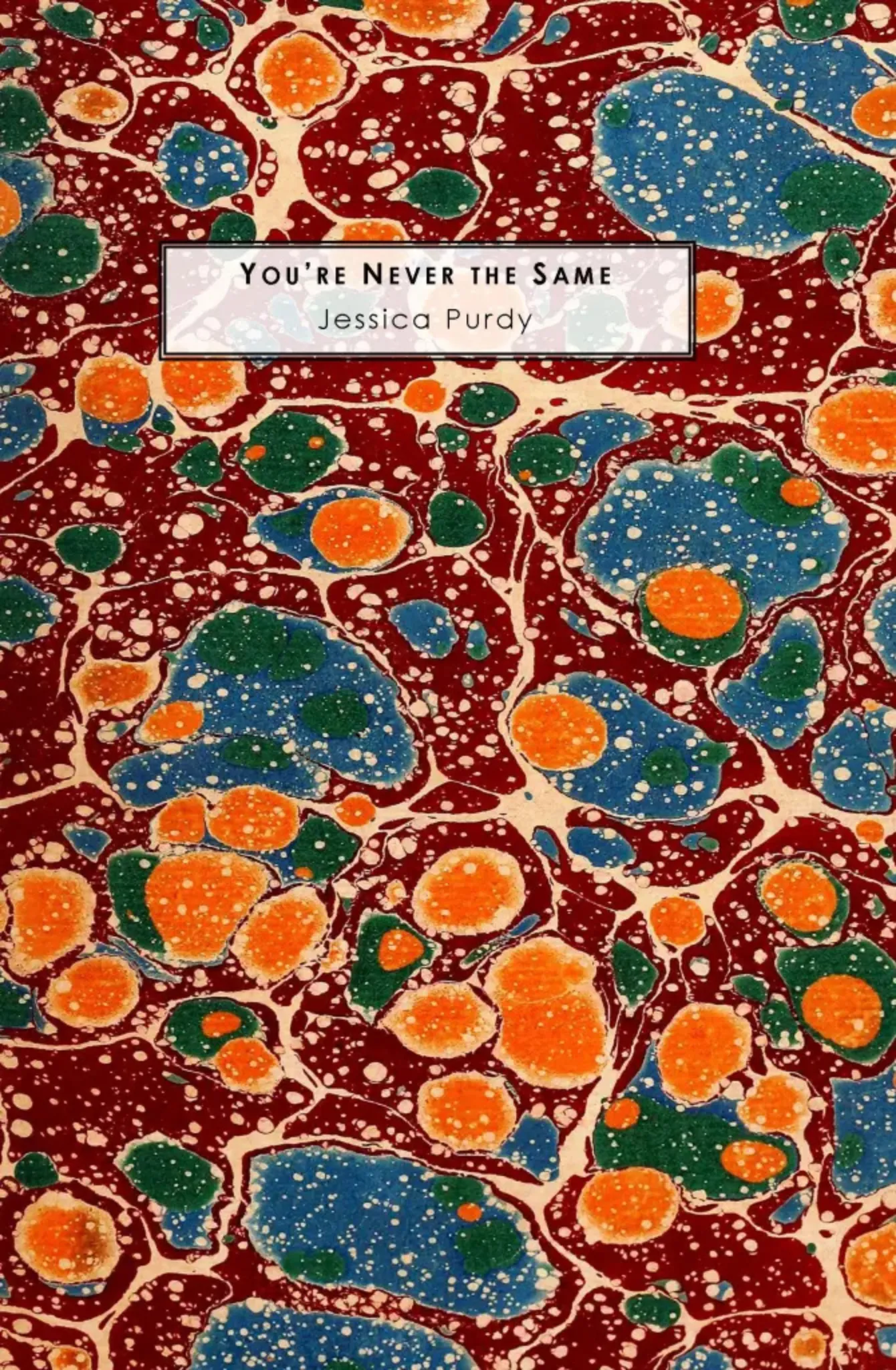
An Interview with Jessica Purdy
Words By Jessica Purdy, Interview by Skyler Boudreau, Art By Seven Kitchens Press
Your poem “Sitting Room and Woodshed” recently appeared in the Cassette Issue of –ette Review. How did the concept for this poem come to fruition?
It’s named after one of Frances Glessner Lee’s “Nutshell Studies of Unexplained Death.” Originally, there were twenty “Nutshells,” which Lee meticulously crafted. These crime scene dioramas were meant to help police officers hone their observation skills. “Woodshed and Sitting Room” had been missing for decades until 2005, when it was discovered in a storage area of Lee’s summer home at The Rocks in New Hampshire. In my chapbook, The Adorable Knife, it was my intention to honor Frances Glessner Lee’s own attention to detail in crafting these and to imagine possible “solutions” by giving voice to the stories told in the crime scenes. This poem was written for -ette Review and doesn’t appear in my chapbook.
The concept came to fruition by observing the crime scene, reading the witness statements, and imagining the poem from a fictional standpoint through the eyes of the daughter of the man who died mysteriously. He’d been an alcoholic, and the daughter had to take care of her invalid mother because he was irresponsible. The poem doesn’t “solve” the unexplained death but leaves the reader with the emotional rage of the daughter.
You mentioned it as your intention to imagine possible solutions to the crime scene dioramas crafted by Frances Glessner Lee. What drew you to these dioramas? Do you use them to hone your own observation skills?
As soon as I learned the Nutshells existed, I was obsessed. Since I was a child, I’ve always read detective stories, thrillers, and horror novels. I used to read books that presented a crime scene mystery and left it to the reader to deduce what happened based upon the information given. I look at these Nutshells the same way I would look at artwork and write a poem about it. This type of poem is called “ekphrastic,” which is a way of being in conversation with another work of art by creating a new work that describes it. I am also trained in fine art, so I have a particular connection with visual art and love to imagine what the artist was thinking when they created the work.

“Mother-Me,” another one of your recent poems, appeared in the Fall 2024 issue of Thimble Literary Magazine. The main theme seems to revolve around the way women are perceived. Did this theme develop as you wrote, or did you set out to write a poem centering around it?
This poem came from a prompt that used a Camille Dungy poem as its basis. Her poem repeats the word “little” over and over and speaks to her unborn child. The prompt is to write a poem of repetition in which you speak to a particular person who is unlikely to reply. In the case of my poem, I used the word “only” as the repeating word to describe myself as a mother. “Mother-Me” came out of not only identifying myself through my work as a mother, but also through the ways others label and judge women for their mothering and existence as female. There is a layer to it that describes the emotional need I have to be “mothered” myself. As the daughter of a wonderful mother, the phrase “Mother-Me” is a cry to go back to my childhood when I wasn’t a mother yet and my mother would comfort me.
In addition to publishing individual poems, you’ve also written several chapbooks. How did writing a chapbook differ from writing individual poems? Do you prefer one over the other?
Well, this is a complicated question, but the short answer is “it depends.” When I found out the Nutshells existed and that there were 18, I knew I could write a poem for each one and that would be a chapbook length work. I got most of them published individually in journals before the chapbook came out, so that’s the only one I’ve ever written with the solid intention of being a book by itself (though I didn’t know at the time it would stand on its own).
With my full-length books, I had published poems in journals and had enough I knew I could put them into a book. In fact, the book was too long, so the press (Nixes Mate) published the manuscript as two separate books: STARLAND and Sleep in a Strange House. These poems are more autobiographical.
What book are you most looking forward to reading in 2025 and why?
Martyr! by Kaveh Akbar. This is a novel written by a poet I admire. It has surreal aspects and the protagonist, who is an Iranian American, struggles with addiction and grief over the loss of his mother.
The publishing process at times can feel more daunting than writing poetry. What was that process like for you and what advice would you give to aspiring authors?
The process can be frustrating and time-consuming, but ultimately rewarding. First you have to really practice writing, revising, and revising again. All the while, keep reading the work of other poets. Take a workshop. Find a group who might want to read and share work together. Next, submit to journals your work might be a good fit for. Reading work in a journal before submitting is a good idea. Don’t expect to make any money. Keep track of where you submit and which poems you’ve submitted. Good places to look for opportunities to get your work into journals are New Pages and Chill Subs.
Ultimately, don’t give up. As long as you find writing rewarding, you should keep trying. I have been writing since I was in seventh grade and I’m still learning new things!